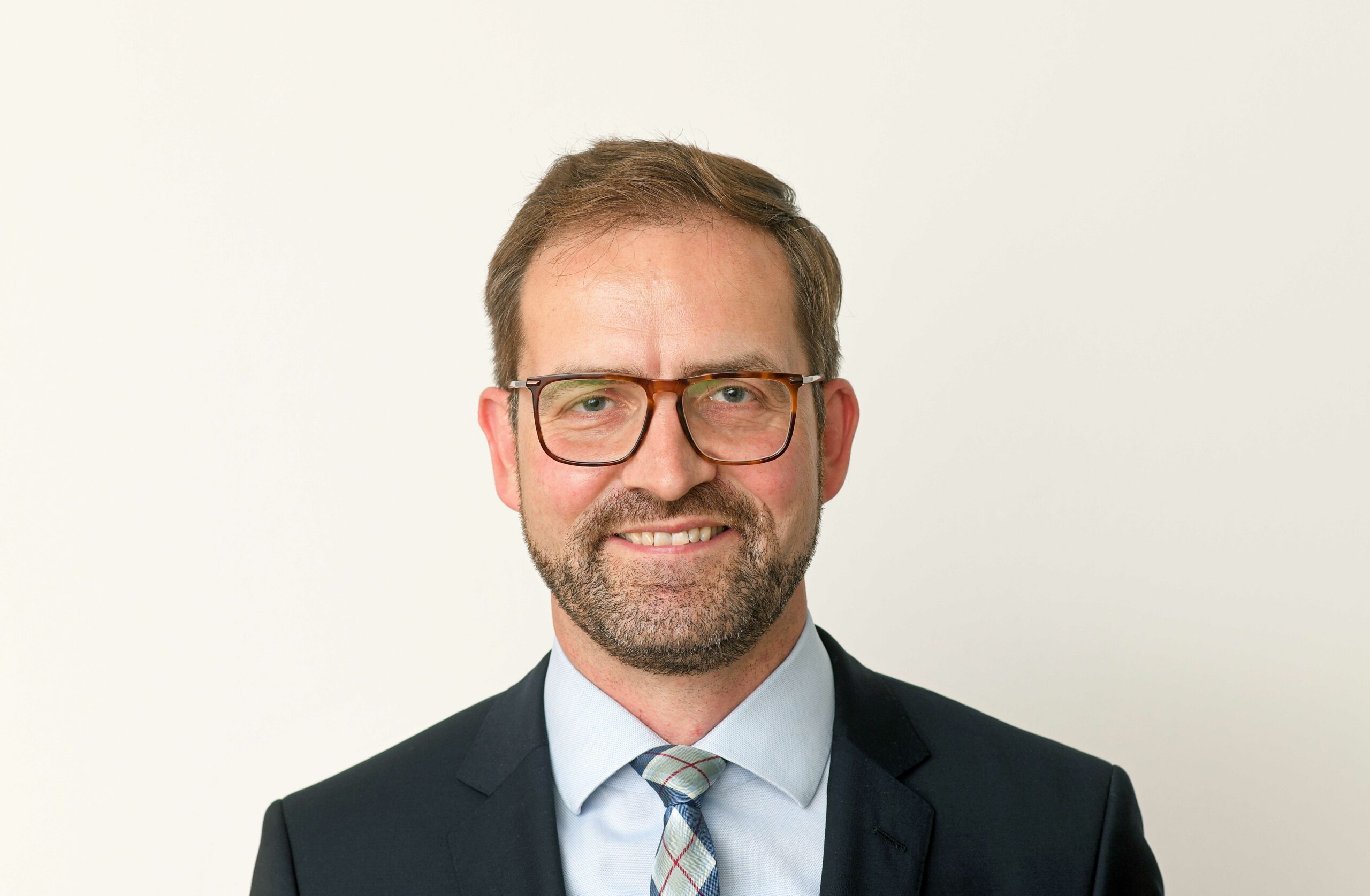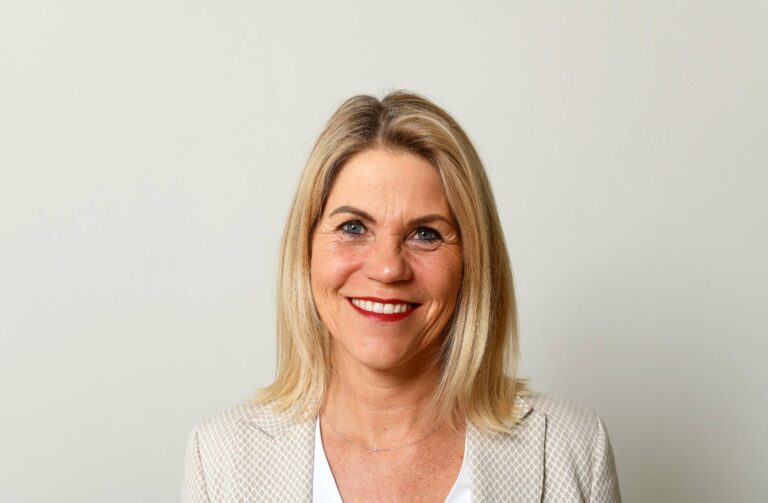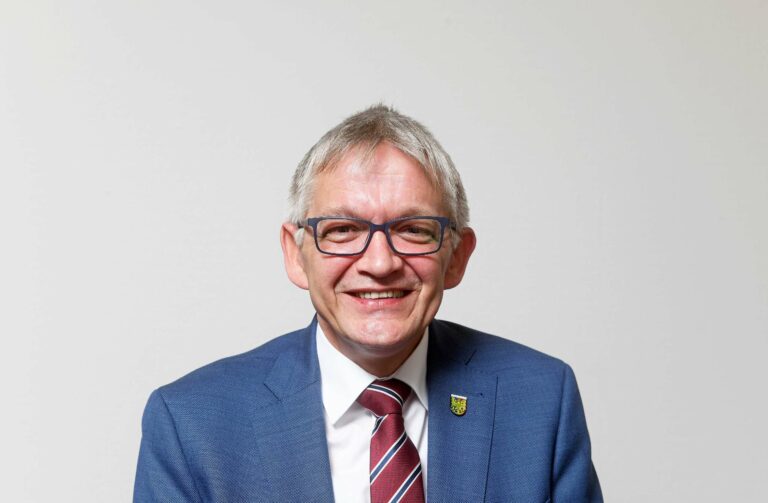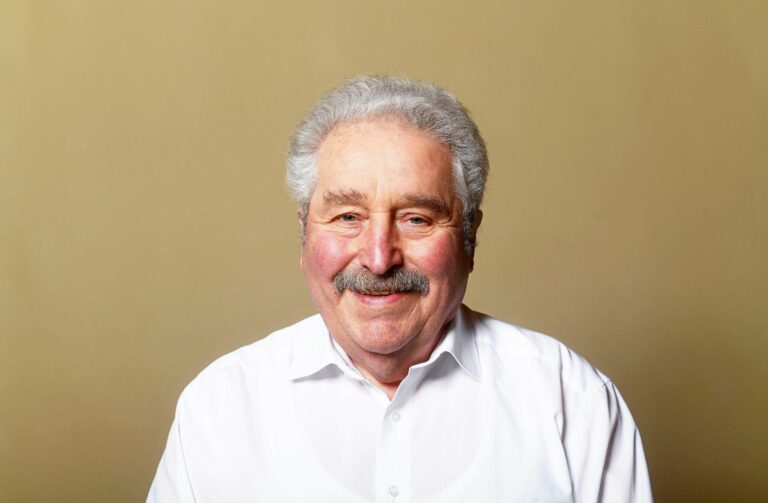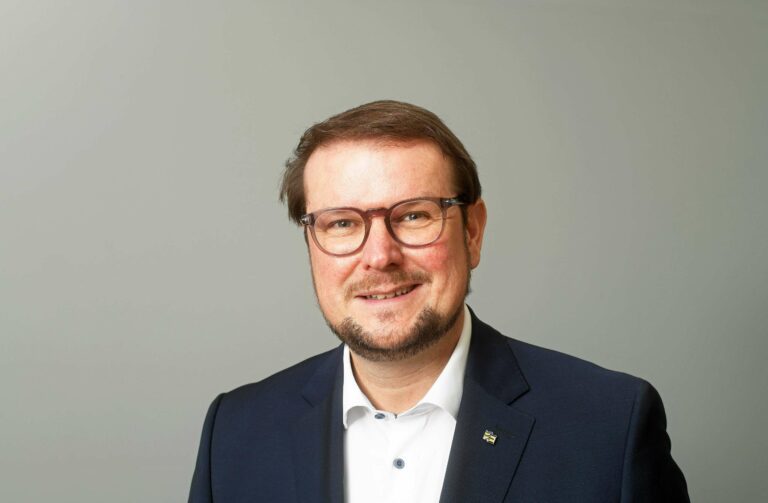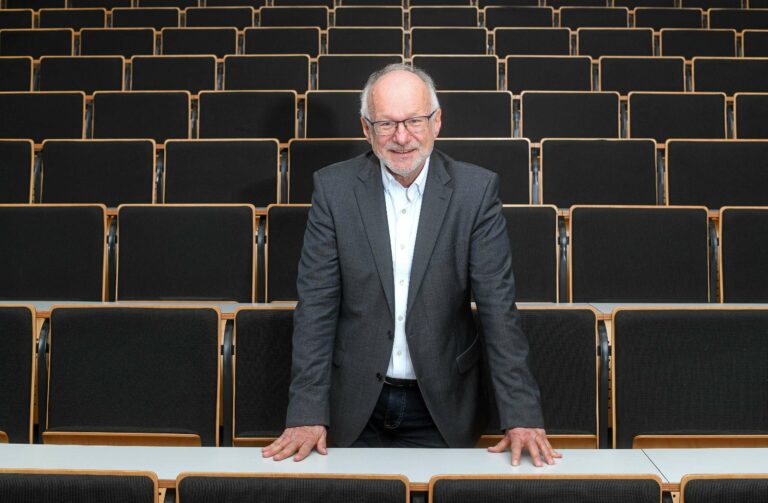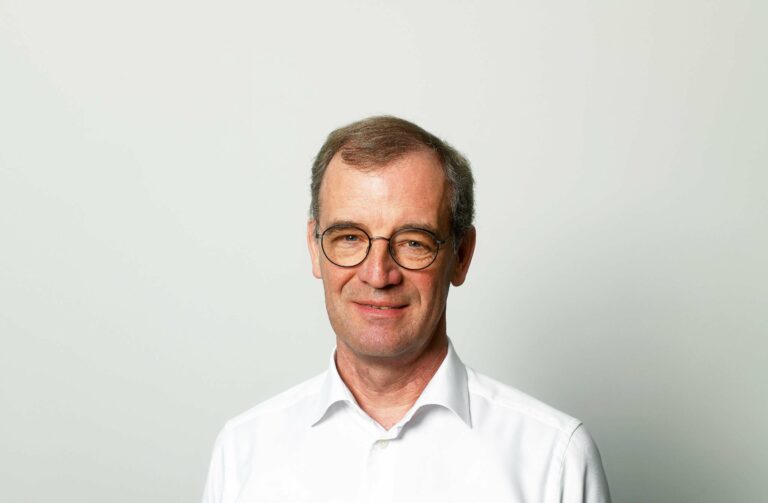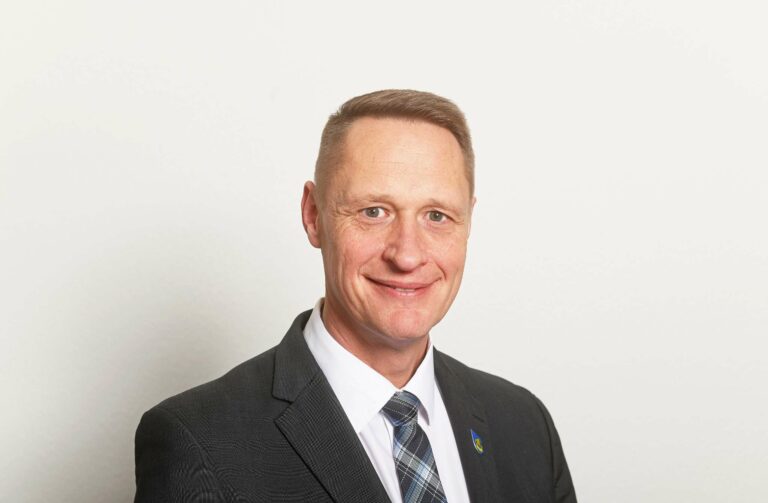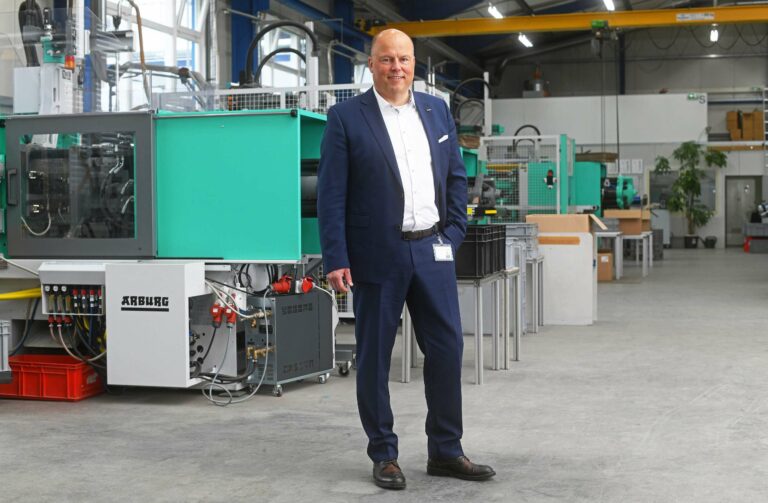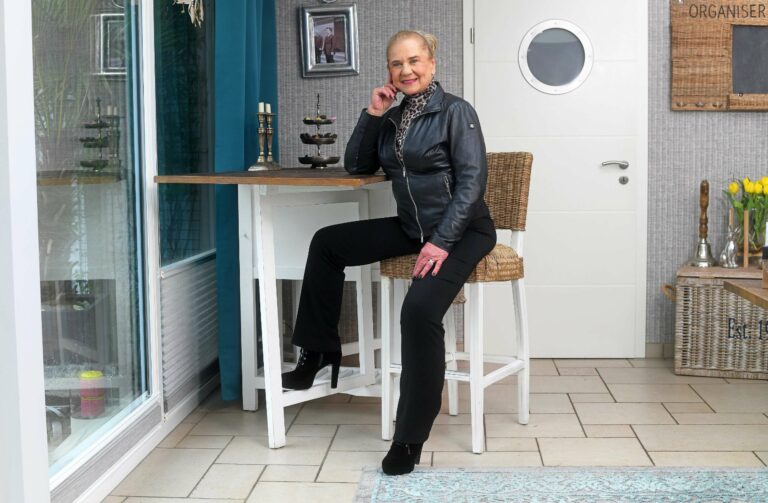"The seaport of Emden is a mainstay of our maritime economy."
Whether as an economic engine or as a hub for the movement of goods in the region – the seaports have always been of great importance for the economic development of East Frisia and Papenburg. In Emden, Leer and Papenburg around seven million tonnes of goods are handled every year. That´s why the three locations are the most important ports in Lower Saxony.
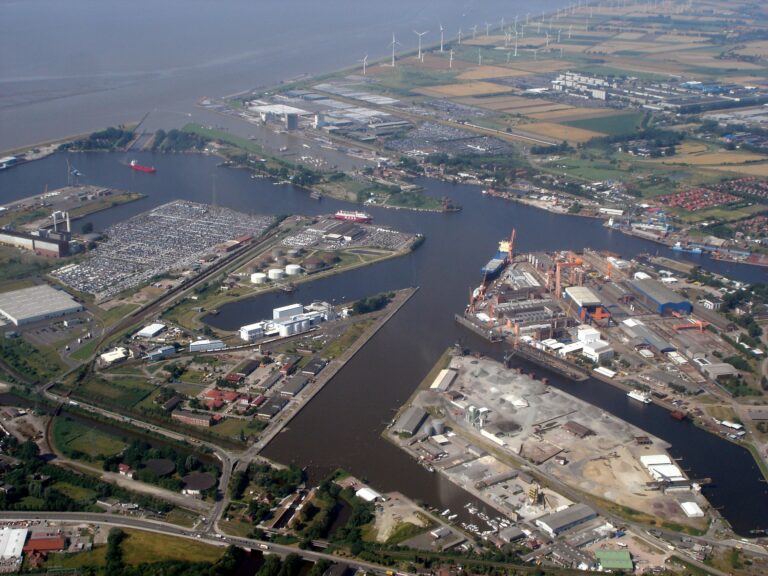
The wide diversity of products handled here illustrates the significance of the three ports for the economic region as a whole: whether high-value products such as cars, wind turbines and ship components, or bulk goods such as building materials, forestry products and feedstuffs, the three ports along the river Ems act as important interfaces for the movement of goods in Northwest Germany. The companies and their employees in the three sea ports make an important contribution to the success of the maritime economy, and thus also to the economic development of the whole region.
The same can also be said for the coastal and island ports, which are indispensable particularly for keeping the islands supplied and for the tourism industry. Every year they carry nearly 4.5 million people and almost 300,000 vehicles between Norddeich and Nordeney or between Emden/Eemshaven and Borkum.
The CCI for Ostfriesland and Papenburg with its Chief Executive Max-Martin Deinhard is responsible for the ports and port policy in the region. Max-Martin Deinhard was born in Delmenhorst and has been closely associated with the North German coastal region for many years. After training as an aircraft mechanic, he then used the opportunities presented by second-chance education to study politics and administrative sciences. The CCIs in Offenbach, Würzburg and Ulm gave him his initial experience of how the CCI works. He has been Chief Executive of the CCI for Ostfriesland and Papenburg since 2022. He is an enthusiastic sailor and rower, so that the sea and the port industry are close to his heart. “The three ports in Emden, Leer and Papenburg give the CCI district great maritime potential that is constantly growing and developing.” He is a strong advocate for providing positive support for these developments.
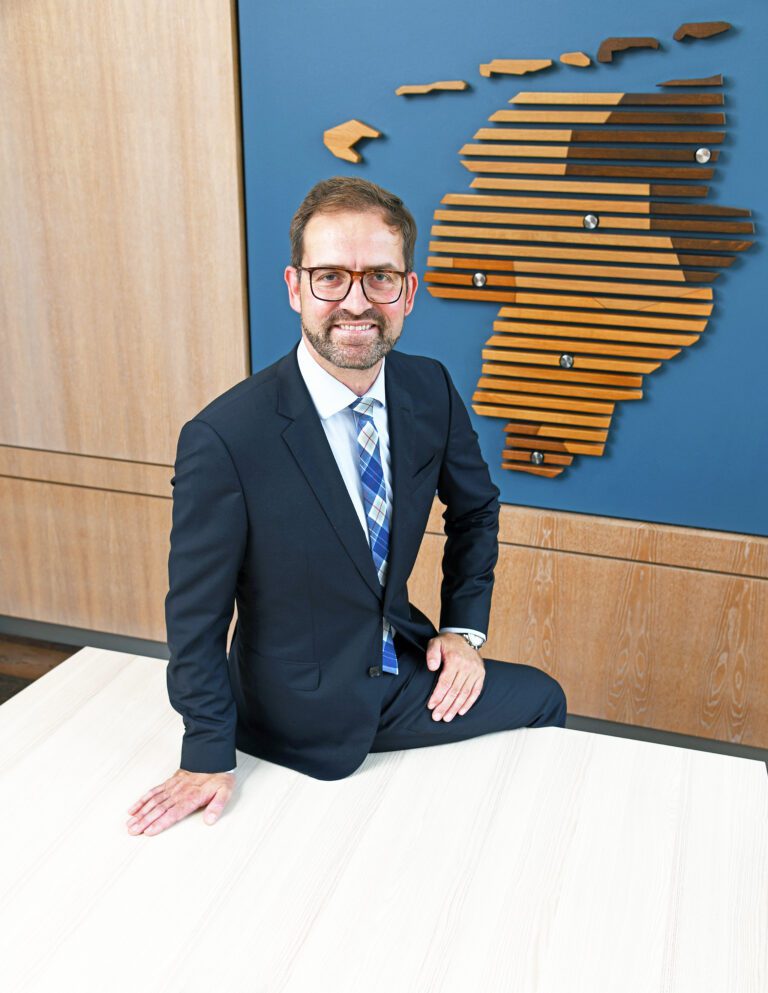
Emden sea port
“Emden sea port is a mainstay of our maritime economy”; says Deinhard. Near the mouth of the river Ems to the North Sea, it is Germany’s third-largest and most westerly sea port. It consists of a tidal outer port and the non-tidal inner port, which is accessible 24/7 thanks to two efficient locks – the Big Sea Lock and Nesserland Lock.
“Close proximity to the Volkswagen plant and the nearby Frisia industrial estate means that many vehicles are naturally transhipped in Emden. But that is not all. The sea port also handles forestry products such as cellulose, paper, liquid chalk and timber. The port is also used for project cargoes, mainly consisting of onshore and offshore wind energy components, together with military goods as well as liquid and solid bulk goods and building materials.”
Companies wanting to settle in Emden will find the sea port offers considerable infrastructure advantages: “In addition to the large extension areas earmarked for port-related businesses, the industrial estate offers outstanding connections for road, rail and water transport”, says Deinhard. It was therefore a consistent move on the part of the state government to grant Emden
the official status of a freight centre.
Geographically speaking, the port is approximately 38 nautical miles upriver from the mouth of the river Ems, which feels like being directly at the North Sea. “About 10,000 people work in roughly 70 companies in Emden port”, says Deinhard. Work is constantly in progress on the further development of the port in order to keep pace with the growing challenges facing the maritime economy. In addition to adjusting the shipping channel in the outer Ems, another major project consists in the new road link to connect the port to Emden-Ost junction on the A31 motorway. Deinhard: “The extensive space available at Rysumer Nacken also offers Emden port excellent chances to position itself in seminal markets and industries.
In addition to the existing business sectors, other opportunities include expanding the port as energy hub”. Companies potentially interested in settling here are currently showing great demand for the areas in Wybelsumer Polder, which is a direct extension of the current area of Emden outer port. “This demand already exceeds the space available from NPorts.”
Leer sea port
But it is not just Emden that is known for its potential in terms of the maritime economy. As the second largest shipping location in Germany, Leer sea port is one of the most important communal inland ports in Lower Saxony. Around 20 companies work on the premises. The port serves numerous companies in Leer. Alongside the MARIKO (Maritime Centre of Excellence), numerous suppliers and service providers and two shipyards form a strong maritime cluster at the port. Shipbuilding in Leer has a long-standing tradition, but also a chequered history. “However, they’ve been regularly launching new vessels at the shipyard for several years now. They seem to have found a niche that lets them stand out despite the all-powerful competition from abroad”, says Deinhard.
“The sea and inland port offers trimodal connections”, Deinhard explains. In terms of water transport, freight is brought to the Ruhr district along the Dortmund-Ems canal, and then to the Benelux countries. Moorings in the non-tidal port are accessible through a sea lock from the North Sea via the river Ems and the river Leda. The lock basin is 192 metres long and 26 metres wide. Leer railway station is a traffic hub serving destinations to the east and west, north and south. It is part of the Intercity network operated by Deutsche Bahn AG, with direct connections between Leer and the economic centres in North and South Germany. By road, Leer sea port is connected to the international highway network by the German A31 and A28 motorways and the Dutch A7 motorway.
The port is operated and maintained by Stadtwerke Leer, the municipal utility company which is a public-law institution (AöR). It is 53 nautical miles inland from the “Westerems” approach buoy. Stadtwerke Leer has its own port railway. The port also offers a range of other suprastructure equipment as well as a RoRo facility. “The port of Leer plays an important role as a hub for the regional economy, handling goods from and for the region”, says Deinhard. The main transhipment goods include agricultural commodities such as fertilisers and foodstuffs which are processed and loaded on site. Solid bulk goods handled in Leer sea port include building materials, iron and scrap steel. Customers using the port therefore include companies in the building materials branch, mechanical engineering and the recycling sector together with the feedstuffs and food industry. The port has two port basins: the industrial port and the commercial port. “Industrial usage takes place to the east of the Nesse. Nowadays, the west basin mainly sees urban use”, says Deinhard.
The “new port quarter” (Nesse) has become home primarily to the maritime services industry and shipping companies. The commercial port to the south is shaped by a mixture of industrial and commercial use, together with port business and offices. Leer port will continue to play an important role for regional economic developments in the years to come.
Papenburg sea port
Papenburg sea port is located directly on the river Ems, which is a federal waterway. It is the most southerly sea port in Germany and located 60 nautical miles from the North Sea. “Maritime transport accounts for most of the goods handled here”; says Deinhard. Among others, the highly innovative MEYER WERFT shipyard is based in Papenburg. The location offers huge potential for growth. The Bokeler Bogen offers attractive possibilities for port-related companies and manufacturing businesses. “Papenburg is Lower Saxony’s number one port for the transhipment of peat. It also handles agricultural commodities, iron, ship components, steel, building materials, timber and project cargoes. Excellent hinterland connections then bring the goods from Papenburg to business centres throughout Germany and Europe”, says Deinhard, emphasising the accessibility of Papenburg’s port.
As well as cargo handling and many different storage possibilities, Papenburg also provides all port services together with a wide range of overall concepts for logistics solutions from a single source. More than 1,000 people are employed by the port companies alone, with another 3,000 and more employees working for MEYER WERFT. In order to safeguard transhipment operations in the port of Papenburg, it is worth giving a particular mention also to expanding the northern section of the Dortmund-Ems canal which will allow the continuous passage of large inland cargo vessels. The Dortmund-Ems canal connects Papenburg sea port to the European network of inland waterways. It is also close to the German A31 motorway (North Sea to the Ruhr district) and the Dutch A7 motorway. These road links make the port attractive with direct connections to large market regions. Papenburg with its population of around 35,000 is already well-known on an international scale through MEYER WERFT shipyard with its innovative shipbuilding. In addition, it is home to an automotive test site and many other renowned companies in many different industries. Horticulture is also an important economic factor in this town.

